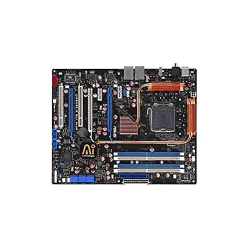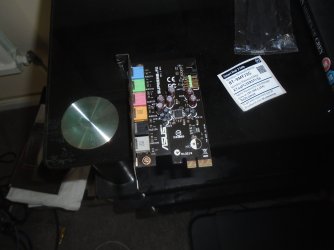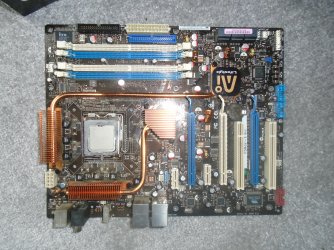I agree with 68Olds. You don't need an eSATA, except to connect "external" SATA devices directly to the motherboard.
That said, I noticed you said eSATTA (with two Ts) twice - suggesting it was not a simple typing mistake the first time. So, just to make sure we are all on the same page, did you mean eSATTA or did you really mean eSATA?
For the record, it is very common for motherboards to NOT include eSATA support. The same base motherboard PCB (printed circuit board) is commonly used for various models of the same board. The boards will then be "populated" with different and additional components, depending on which specific model is being produced. Then very similar, but slightly different model numbers will ("should") be printed on the board.
The budget/entry tier models will naturally have fewer features (and lower price) and so fewer components. The high-end, more expensive models will offer more features so additional components will be mounted on the board to support them.
I am just saying, this is normal and the connector is not "missing" (as in something is amiss). It just never was there in the first place, by design.
Now if it looked like there used to be a connector there and was removed by someone (blobs of solder, scratches, black burn marks, etc.), and if the precise model number indicates eSATA support, then that would be a problem.
Since the exact model number "should" be printed on the board, you should be able to look it up and verify if a eSATA connector should be there, or not.
 It looks like there was not one there in the first place.
It looks like there was not one there in the first place.

 It looks like there was not one there in the first place.
It looks like there was not one there in the first place.

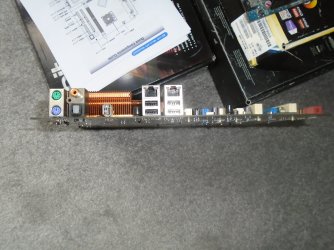
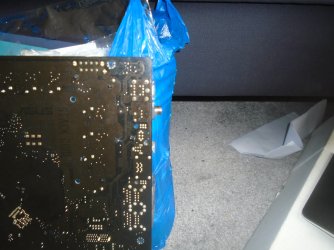
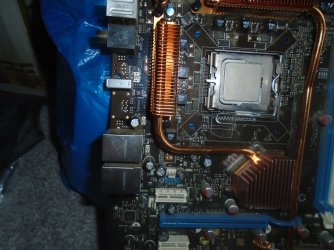

 Hopefully they all work. Shame was no Quad cpu in there though.
Hopefully they all work. Shame was no Quad cpu in there though.